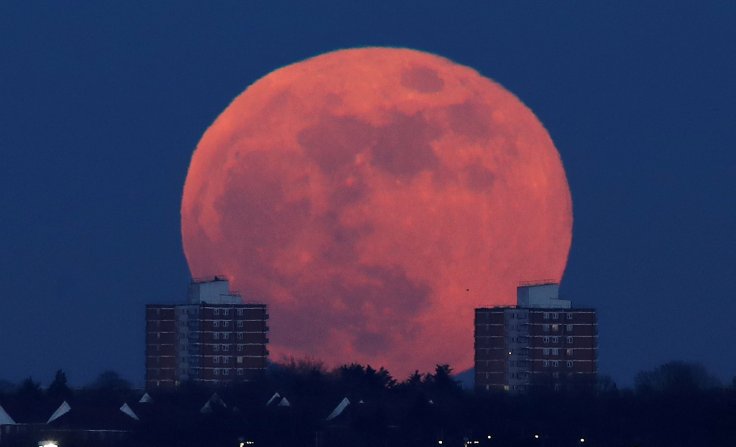Sky-watchers across the globe will witness a Snow Moon that will appear from February 8 (Friday) evening till February 10 (Monday) morning. According to the Farmers' Almanac, hundreds of years ago, the northeastern native American tribes used to refer to the second full moon of winter as the Snow Moon due to typically heavy snowfall of February.
Some experts also call this full moon as a supermoon and thus the upcoming celestial sight of the moon will be first in a series of supermoons in 2020, with three more scheduled for March, April and May. According to NASA, the first full moon of the year will be the fullest on February 9 at 2:33 am ET.

What is a supermoon?
A supermoon is popularly known as a full or new moon that coincides with the lunar orbit making an especially close approach to Earth. The scientific term of supermoon is "perigee syzygy". Gurtina Besla, a professor at the Arizona University, said that the phrase "perigee syzygy" refers to the moon being at its closest distance to the Earth, and syzygy refers to the alignment of multiple bodies — the moon, Earth and sun need to be aligned for us to see a full moon.
Difference of opinion
However, EarthSky reported that there is difference of opinion regarding the upcoming supermoon. Fred Espenak, known as "Mr. Eclipse," has called this weekend's event as a supermoon, while others disagree. Astrologer Richard Nolle has listed this year's first supermoon to occur on March 9.
NASA said that this moon is important for several other reasons as well. One of them is that the upcoming full moon marks the beginning of the Jewish celebrations of Tu BiShvat, known as "New Year of the Trees."
The upcoming full moon event will also be the first one of the Chinese New Year. It indicates the end of Chinese New Year celebrations and the day of the Chinese Lantern festival. In addition, the moon will mark Magha Puja, a significant Buddhist festival, on February 9.









